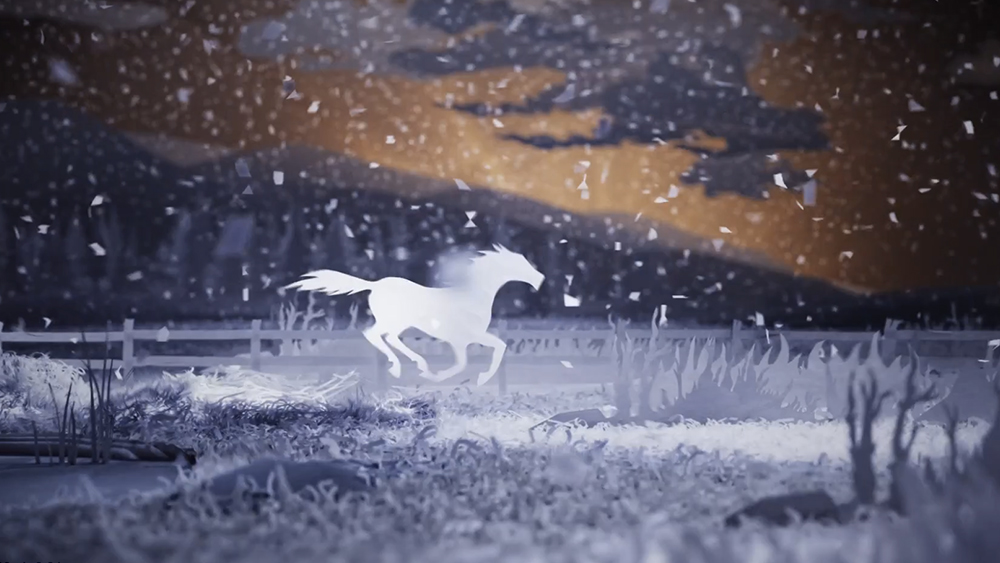Digital displacement
Dstrukt's Chris James Hewitt focuses on the use of displacement in a 3D world, revealing the best way to mould its output into a detailed and twisted piece of digital art using Photoshop and Illustrator
3D is an often maligned artform among illustrators and designers and that's sometimes justified. For many people 3D artwork has an association with sci-fi, fantasy and robots. It's fine if that's your bag but it's not to everyone's tastes.
I've been producing 3D-based art for a number of years now, and have seen a wide variety of styles and techniques ranging from the stereotypical vector shards to highly intense abstract structures. For me personally, the 3D application I use is almost as important as Photoshop itself. It's an asset that can bring about a great amount of originality and experimentation, but at the same time can also be used as an everyday tool for creating elements such as typography, environments or effects.
Throughout this tutorial you'll be experimenting with displacement to turn a simple model into a detailed piece of geometry. Displacement pushes and pulls at a shape using the blacks and whites from a referenced map - many 3D artists use this method to create grass, fur or brick walls; but you're going to use it to create a basis for an abstract design: Invertebrae.
Once you've produced your model, I'll show you step-by-step how to composite it into an underwater scene using grading techniques and integrated photography.
This tutorial is primarily for users with basic to intermediate knowledge of both 3ds Max and Photoshop. It's also worth noting that I've used VRay as my render engine - there are a series of screenshots showing my render setup, which you might wish to incorporate.
Click here to download the tutorial for free
Daily design news, reviews, how-tos and more, as picked by the editors.

The Creative Bloq team is made up of a group of art and design enthusiasts, and has changed and evolved since Creative Bloq began back in 2012. The current website team consists of eight full-time members of staff: Editor Georgia Coggan, Deputy Editor Rosie Hilder, Ecommerce Editor Beren Neale, Senior News Editor Daniel Piper, Editor, Digital Art and 3D Ian Dean, Tech Reviews Editor Erlingur Einarsson, Ecommerce Writer Beth Nicholls and Staff Writer Natalie Fear, as well as a roster of freelancers from around the world. The ImagineFX magazine team also pitch in, ensuring that content from leading digital art publication ImagineFX is represented on Creative Bloq.
